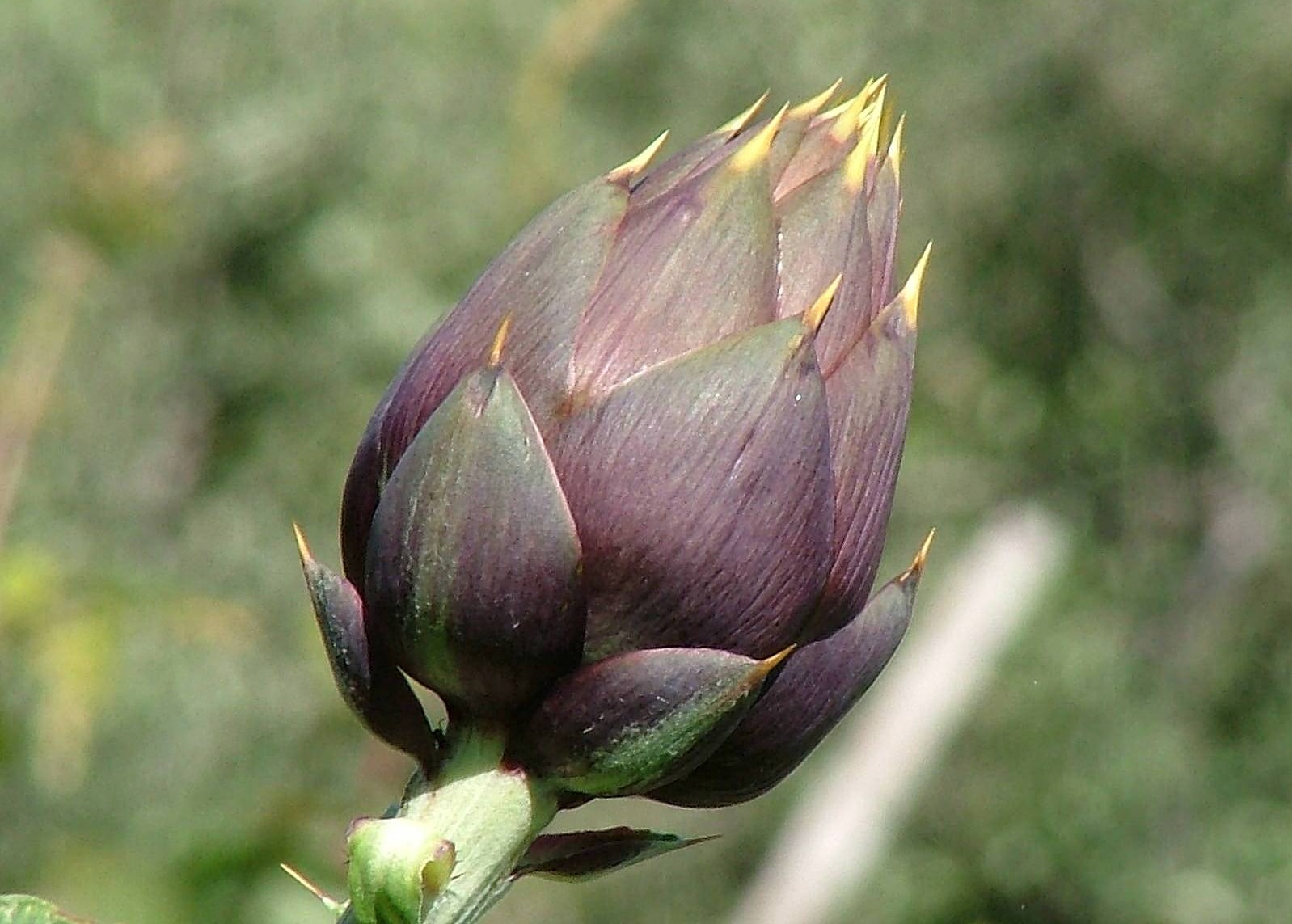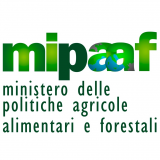
The artichoke is a vegetable native to the Mediterranean basin and the first evidence of its consumption as food dates back to the Egyptian and Greek civilisations. In the fourth century BC, Theophrastus mentions it in his history of plants. It was also cultivated in the Roman period, as noted by the historians Pliny and Columella. Over the following centuries, the artichoke became increasingly popular due to its culinary and health-giving properties.
The cultivation of artichokes in Sardinia is an ancient tradition. Don Andrea Manca dell’Arca speaks of it in his book “The Agriculture of Sardinia” published in 1780, and Vittorio Angius, in his “Geographical Dictionary”, cites the artichoke as a “source of profit for vegetable-growing communities”.
The species was initially limited to domestic vegetable plots, with commercial cultivation beginning around 1920, particularly in the coastal areas of the provinces of Sassari and Cagliari, where the ports facilitated communications and trade with mainland Italy.
Traditionally, the cultivation process followed the plant’s natural cycle; a major breakthrough came with the discovery, in the Bosa countryside, of a thorny ecotype which allowed crops to be produced as early as autumn, by revitalising the artichokes in the summertime through irrigation. The ecotype was introduced to the Campidano Plain near Cagliari in 1942-43, and the farmers then improved it through mass selection to obtain the present-day Carciofo Spinoso di Sardegna.
In the early decades of the twentieth century, there was a change from production for domestic consumption to specialised production aimed at national and international consumption markets. The reputation of the Thorny Artichoke became widely known during this period, and since then it has been sold in markets under its own name, as a guarantee of its quality and origin.
The growing demand for this product identified with its land of origin led to the need to formally define the name Carciofo Spinoso di Sardegna to protect it and associate it definitively with the island of Sardinia.
In the late 1960s, there was a boom in exports of artichokes to wealthier markets in Northern Italy, including Milan, Genoa and Turin. The artichokes were exported in large chestnut wood baskets containing from two to three hundred heads, with individual Sardinian artichokes selling for as much as 40 lire each, i.e. about four euros today.
The product
The Carciofo Spinoso di Sardegna DOP has very distinctive characteristics that distinguish it from all other artichokes: a compact, elongated, tapered head; a green colour with violet-brownish nuances; yellow thorns; a tender, edible stem with little fibre; fleshy bracts that are tender and crispy; a rich flavour with a harmonious bitter-sweet combination; and a presence of tannins balanced by the sweet taste.
To preserve these features, handling must be reduced to a minimum and the artichokes must be immediately stored in a controlled environment after harvesting. This air conditioning is only permitted in previously defined production areas and is used to prevent oxidation and transpiration, thereby reducing deterioration of the physical and organoleptic properties.
The “Carciofo Spinoso di Sardegna DOP” is sold in closed packaging and clearly distinguished by its denomination logo and a unique serial number that traces each single package.
Production
The Carciofo Spinoso di Sardegna DOP is grown according to the product specifications, although the cultivation techniques have changed little over the years.Initial deep plowing is carried out in May, followed by light soil preparation. A second ploughing in June is followed by watering.
Shoots taken from the root stock of dormant plants in early summer are planted between the end of June and August. This is followed by irrigation, fertilising, removal of suckers, weed control and plant protection treatments until November, when harvesting is carried out, by hand, cutting off the stems at the intersection of the secondary buds.
The heads are collected in containers and transported from the fields to the packaging warehouses, where those selected as Extra 1st Class become PDO Carciofo Spinoso di Sardegna. An unusual feature of the Carciofo Spinoso di Sardegna is that it can also be eaten raw, due to the special characteristics of the head and stem, which are particularly sweet.
The local area
The Carciofo Spinoso di Sardegna production area has a combination of all the ideal soil and climate conditions for its cultivation. The area includes several municipalities in the provinces of Cagliari, Carbonia-Iglesias, Medio Campidano, Oristano, Nuoro, Ogliastra, Sassari and Olbia-Tempio. Carciofi Spinoso di Sardegna PDO are produced on 72 farms, with a total cultivation area of 500 hectares, 14 packing plants and 730,000 selected artichokes.
The natural habitat for the cultivation of Carciofo Spinoso di Sardegna is in coastal areas with particular microclimates and on the valley floors and central plains of the island, along the most important watercourses. As it grows only in wintertime, it is important to avoid areas with frequent winter frosts.
Health
The Carciofo Spinoso di Sardegna is a vegetable with a very high nutritional value. Artichokes generally contain moderate quantities of vitamins A, C, PP and B2, various minerals, potassium, calcium, sodium, iron and phenolic compounds. The percentage of total fibre content is particularly high, with a good balance of soluble and insoluble fibre.
The natural antioxidants found in artichokes, which are not affected by any type of cooking, counter the activity of free radicals and are, therefore, very important in preventing cancer. The botanical term for the artichoke is Cynara Scolymus. Cynara comes from “Cinus”, Latin for ash, which was once used as compost for the plants. The term Scolymus comes from Greek and means “pointed”, referring to the shape of the head and the thorns on the bracts.
According to some scholars, the Latin name Cynara is connected with the legend of Cynara, a maiden who had a beautiful head of ash-coloured hair and was turned into an artichoke plant by Jupiter, who had fallen in love with her.
By Consorzio per la Tutela della DOP Carciofo Spinoso di Sardegna with MiPAAF



